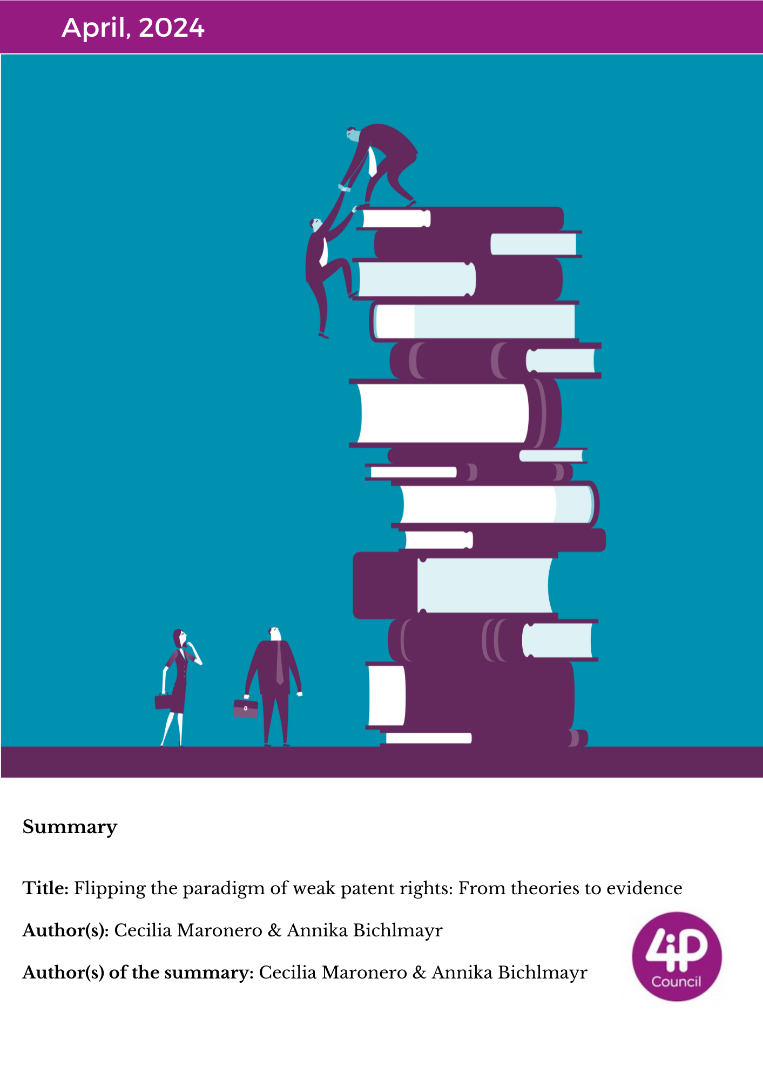Abstract
In recent years, an increasingly negative attitude towards intellectual property rights (IPRs), particularly patents, has emerged. Critics claim that they hinder the development and diffusion of critical technologies needed to address global crises, such as the Covid-19 pandemic and climate change. This has led to efforts to weaken patent rights and challenge the current design of the IP system. This article examines the two primary methods of such efforts: first, by analysing the popular first-mover advantage theory and demonstrating its insufficiency as a substitute for patent protection; and second, by addressing more incremental and – at first glance – subtle policy proposals aimed at weakening the patent system, particularly in the ICT and cellular connectivity sector. The article discusses three recent policy proposals: (i) the adoption of royalty-free (RF) licensing for standard essential patents (SEPs), (ii) calls to impose a limitation on the grant of injunctive relief masked behind a proportionality principle, and (iii) criticisms towards patent transfers and dynamic markets for technologies. This article will show that these changes, which appear to be small, may represent a serious threat to the pillars of the existing patent and licensing system. Additionally, the importance of a balanced licensing framework in the context of the Internet of Things (IoT) is examined, together with the recent EU Commission proposed framework for the licensing of SEPs. The article concludes by emphasising the vital role of a strong patent system in promoting research and development (R&D), spurring innovation, and comprehensively addressing the challenges of our time.







